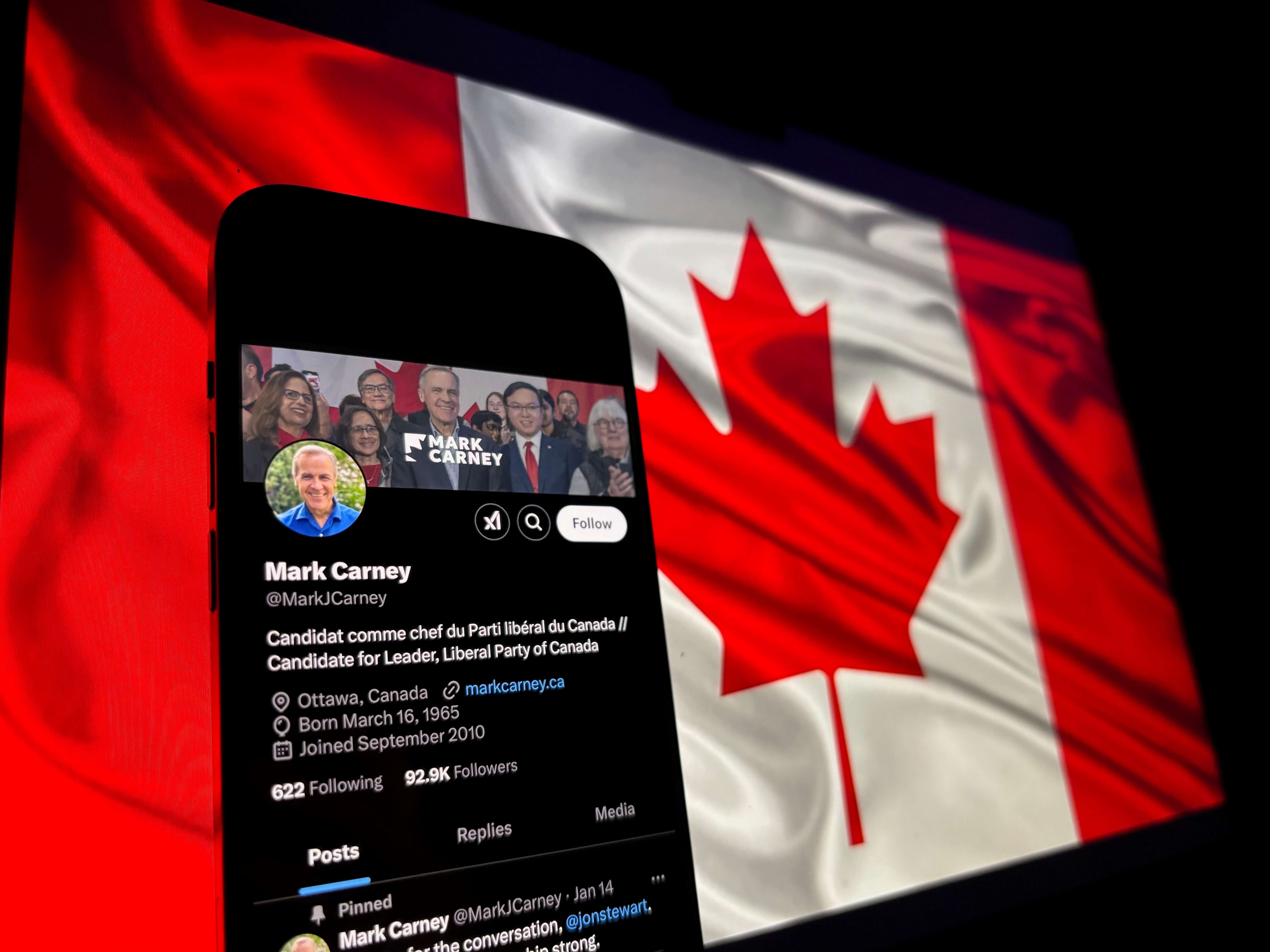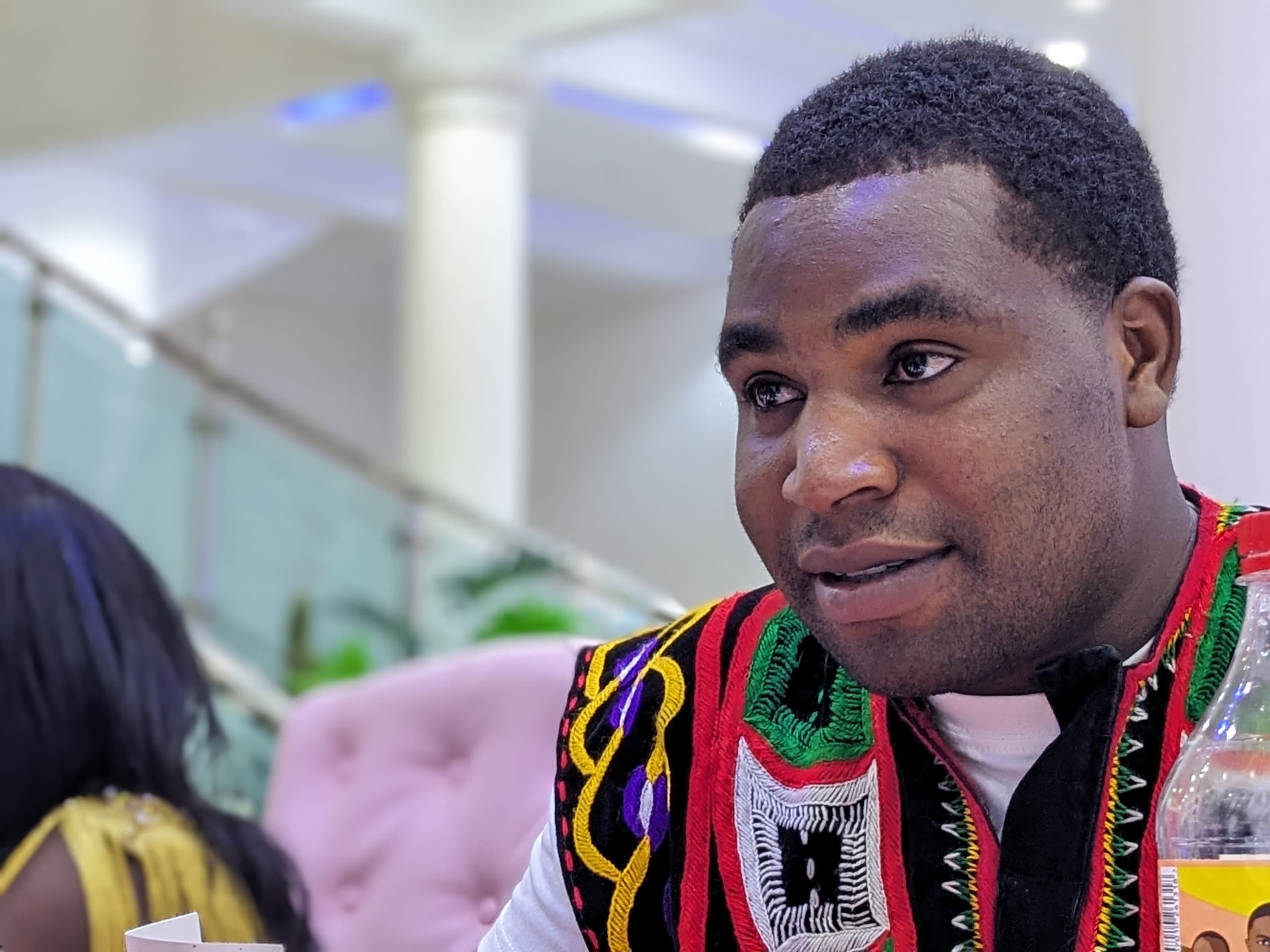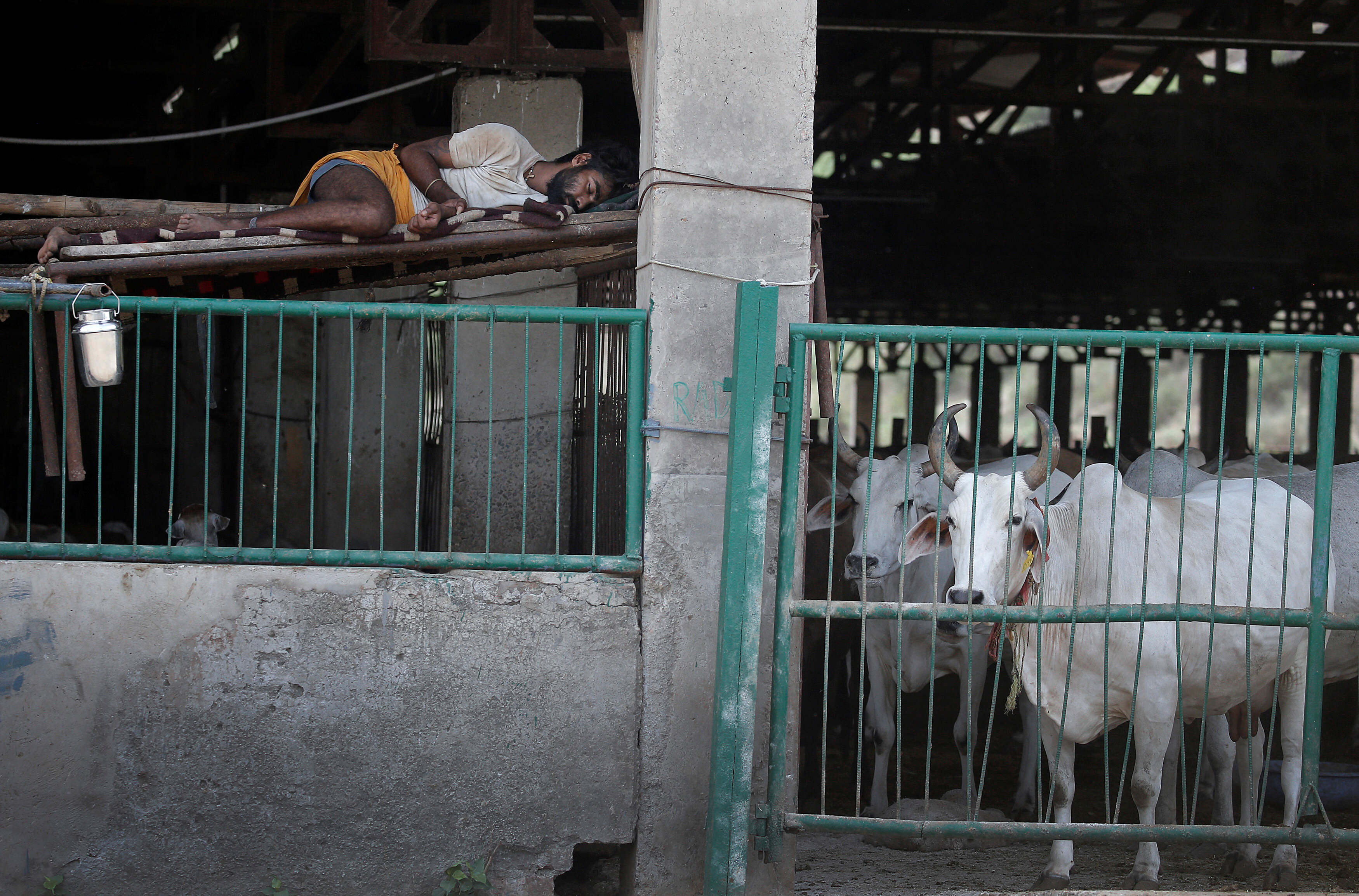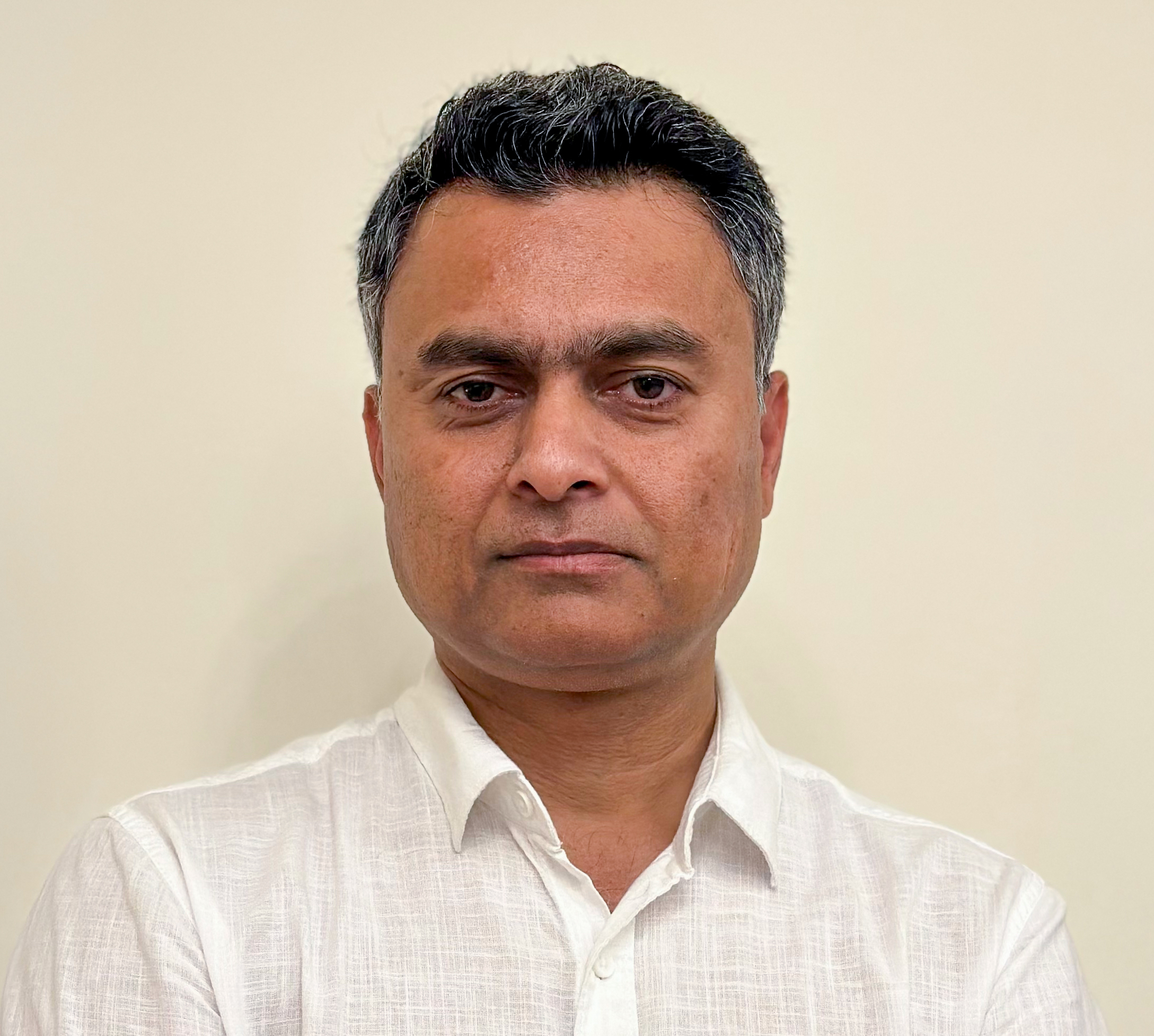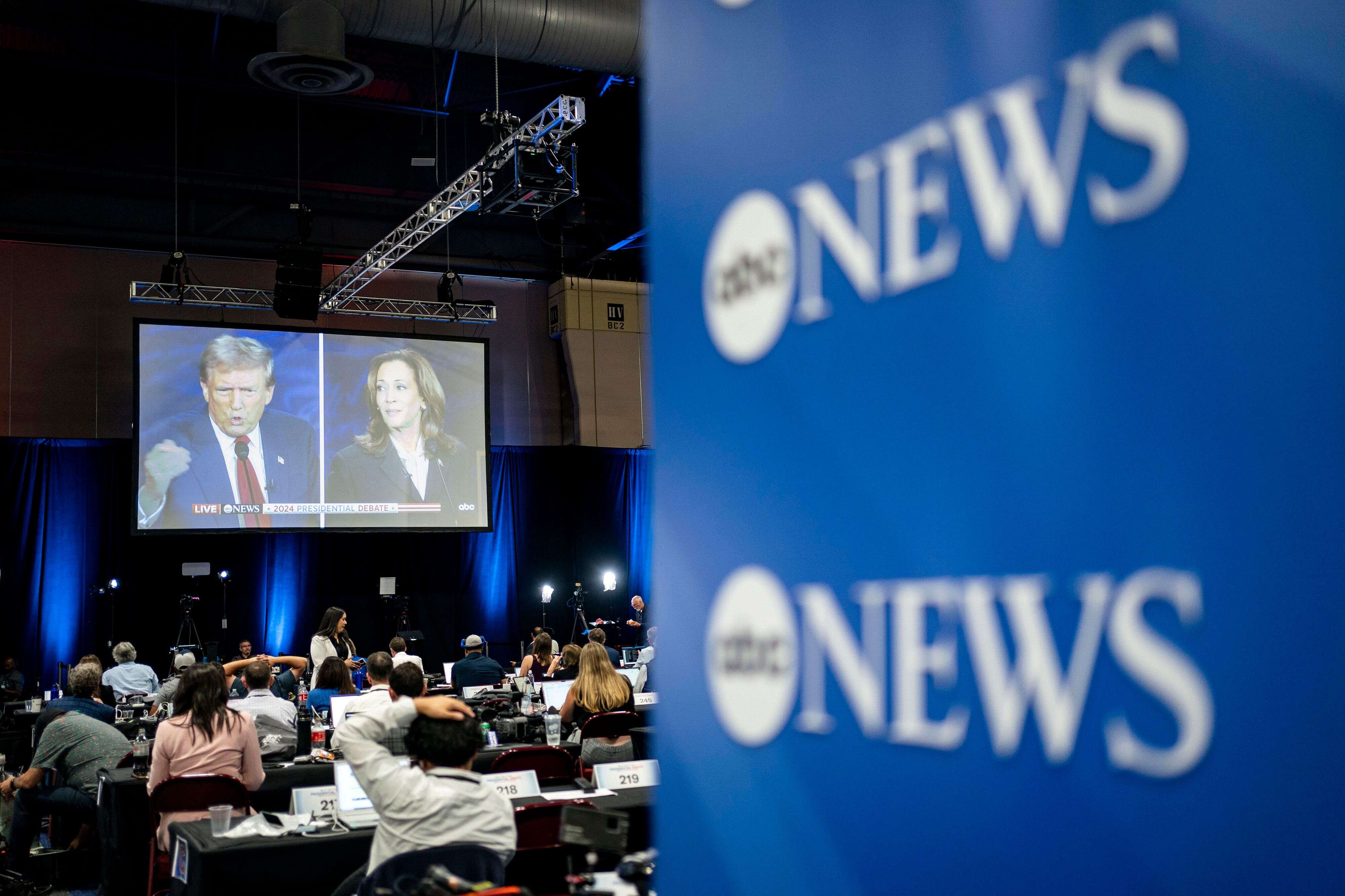ما عاد اسم "الدرون" يطلق فقط على الطائرات العسكرية المسيَّرة (بلا طيار)، بل أصبح أداة جديدة بيد الصحفي الذي بدأ باستخدامها في التغطيات التي يصعب التصوير فيها.
يعد استخدام "الدرون" - وهو الاسم الذي يطلق على الطائرة المسيّرة- في الصحافة العربية جديدا نسبيا، ومتأثرا بما وصلت إليه التجارب في الصحافة العالمية. وتبدو "الدرون" للوهلة الأولى حلا ذكيا وسلسا لكثير من الظروف التي تتطلب فيها التغطيات الصحفية مشاهد موسعة كان تصويرها مكلفا وصعبا باستخدام طائرة مروحية، في حين تتميز "الدرون" بصغر حجمها وسرعتها ورخص ثمنها.
ولا تعتبر الصعوبات اللوجستية الأمر الوحيد الذي يدفع الصحفيين إلى استخدام هذه التقنية، وإنما الرغبة في إضافة بعد جديد للقصة الإخبارية؛ لم يكن بالإمكان عرضه بالتصوير التقليدي من الأرض. وهذا ما يجعل استخدام "الدرون" في العمل الصحفي قائما على إضافة قيمة حقيقية ومعلومات جديدة، لا على مجرد الفرجة والإبهار البصري.
مركز الجزيرة الإعلامي للتدريب والتطوير انتبه مبكرا إلى أهمية هذه التقنية وإمكانية استخدامها في العمل الصحفي، لا سيما في الظروف الصعبة. وبعد عملية بحث تطلبت التفكير في معالجة صحفية ناجحة، وتوفير المعدات اللازمة، تم تحديد حي الشجاعية الذي شهد دمارا واسعا في الحرب الأخيرة على قطاع غزة. وبالتعاون مع مراسل الجزيرة في غزة تامر المسحال، والمخرج الفلسطيني أشرف مشهراوي، تم إعداد تقرير تلفزيوني مصور بالكامل بالطائرة المسيّرة.
تقرير الجزيرة باستخدام طائرة بدون طيار عن المناطق المدمرة في الحرب على غزة.
عن هذه التجربة يقول المسحال إنه تحرّى في البداية المكان الأفضل لاستخدام الكاميرا الطائرة، بحيث تلتقط زوايا متعددة تعكس مشهدا معبرا ينقل صورة مختلفة لواقع الحال عن تلك التي تلتقطها الكاميرات العادية. وبذلك، استطاعت "الدرون" التنقل بين أماكن كان يستحيل على فريق العمل التحرك فيها.
تجربة جديدة لم يعتد عليها المراسل الصحفي الذي ألِف الكاميرا التقليدية. يقول المسحال إن على الصحفي الذي يستخدم هذه التقنية أن يكون واثقا من نفسه، ومستعدا للكتابة لمشاهد التقطت من السماء. أما في حالة الارتجال والحديث المباشر أمام هذه الكاميرا بأسلوب " Walk and Talk "، فيجب أن يكون كلام المراسل سلسا وتلقائيا في شرح تفاصيل المَشاهد المصورة التي تلتقطها الكاميرا، الأمر الذي يختلف عن التقرير العادي.
ويعتبر المسحال هذه التجربة تحدِّياً له لأن الحديث في خاتمة التقرير كان موجَّها إلى كاميرا طائرة، الأمر الذي يجعل المراسل متشوقا لرؤية المنتَج النهائي، مؤكدا على أهمية استخدام هذا النوع من التقنيات كجزء مكمل للتقنيات المستخدمة عادة، لأن التصوير بالطائرة المسيّرة فقط لا يفي بكل الغرض، ويبقى المراسل بحاجة إلى استخدام الكاميرا التقليدية على الأرض.
شاهد كواليس تصوير الجزيرة في غزة باستخدام الطائرة بدون طيار.
المخرج أشرف مشهراوي الذي ساهم في إنجاز التقرير ، يقول إنه لم يكن بالإمكان تصوير حجم الكارثة التي حلت بغزة لولا استخدام "الدرون" التي مكَّنت مراسل الجزيرة من رؤية صورة مغايرة صادمة، وتحدث مباشرة إلى الكاميرا وحلَق معها فوق كل الأماكن التي استحال وصوله إليها، فكانت تجربة مختلفة أعطت للمعلومة مصداقية أعلى، وللمشاهد صورة متكاملة لم يكن بمقدوره في الماضي القريب الحصول عليها .
الصورة الحلم
استخدم مشهراوي تقنية الطائرة المسيّرة لأول مرة في غزة عام 2014، وكانت تلك الطائرة هي الأولى من نوعها التي تستخدم لأغراض مدنية في سماء مدينة حامت فيها طائرات عسكرية، إما لقصف الأحياء أو لالتقاط صور لأهداف استخباراتية.
يقول مشهراوي "كانت أول صورة التقطناها بهذه الطائرة لمباراة كرة قدم في ملعب اليرموك بغزة، لتنتشر على مواقع التواصل الاجتماعي وتحظى بإعجاب الغزيين الذين يشاهدون لأول مرة صورا جوية لمقاطع من مباراة لكرة قدم محلية".
وعن استخدامها خلال الحرب الأخيرة على غزة في يوليو/تموز وأغسطس/آب 2014، يقول إن الكاميرا استطاعت لأول مرة إخراج صور جوية تظهر حجم الدمار بشكل متكامل من خلال الطائرة، بل حازت بعض المقاطع المصورة على أكثر من 7 ملايين مشاهدة بثها التلفزيون الدانماركي على حسابه في شبكة الإنترنت، ثم أصبحت تُستخدم في تصوير أفلام تسجيلية بغزة لتصور مشاهد لم يعتد العالم على رؤيتها طيلة السنوات الماضية.
ويعتقد مشهراوي أن "هذه التقنية الجديدة في عالم الإعلام لا قيمة لها دون العنصر البشري، حيث إنها تسهل له الوصول إلى صورة كانت حلما بالنسبة له في الماضي القريب، فتوظيف هذه الأداة الجديدة والصورة المخرجة منها تحتاج رؤية إخراجية مدروسة للمَشاهد التي تتطلب نوعية معينة من الصور الواسعة؛ تتناسب مع ذوق المشاهد". ويتابع: "تضيف هذه التقنية عنصرين مهمين: متعة المشاهدة، وهو عنصر مهم في أبجديات العمل المرئي. أما العنصر الثاني فهو عنصر المعلومات. كما أن قدرتها على التتبع والملاحقة ستعطي مصداقية أعلى ودقة وقتية أكبر لتغطية الكثير من الفعاليات، خاصة أنه صار بالإمكان البث مباشرة من هذه الطائرة إلى أي مكان في العالم".
لا يبدو مشهراوي متخوِّفا من هذه التجربة الجديدة، إذ يرى أن المخاوف من إساءة استخدامها منطقية ومرتبطة بظهور أي اختراع جديد ما يلبث أن يتحوّل إلى أمر شائع، مما يبدِّد المخاوف شيئا فشيئا.

















